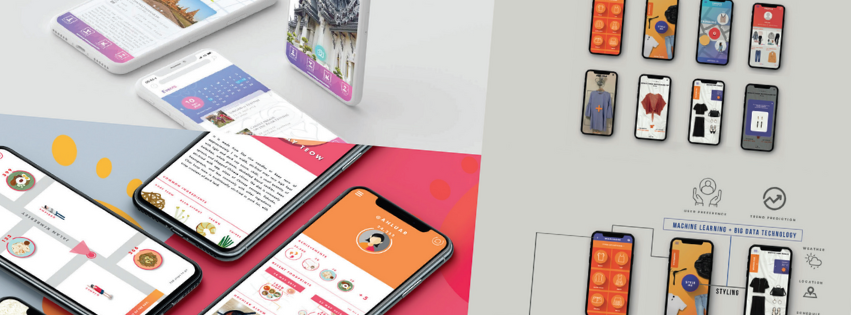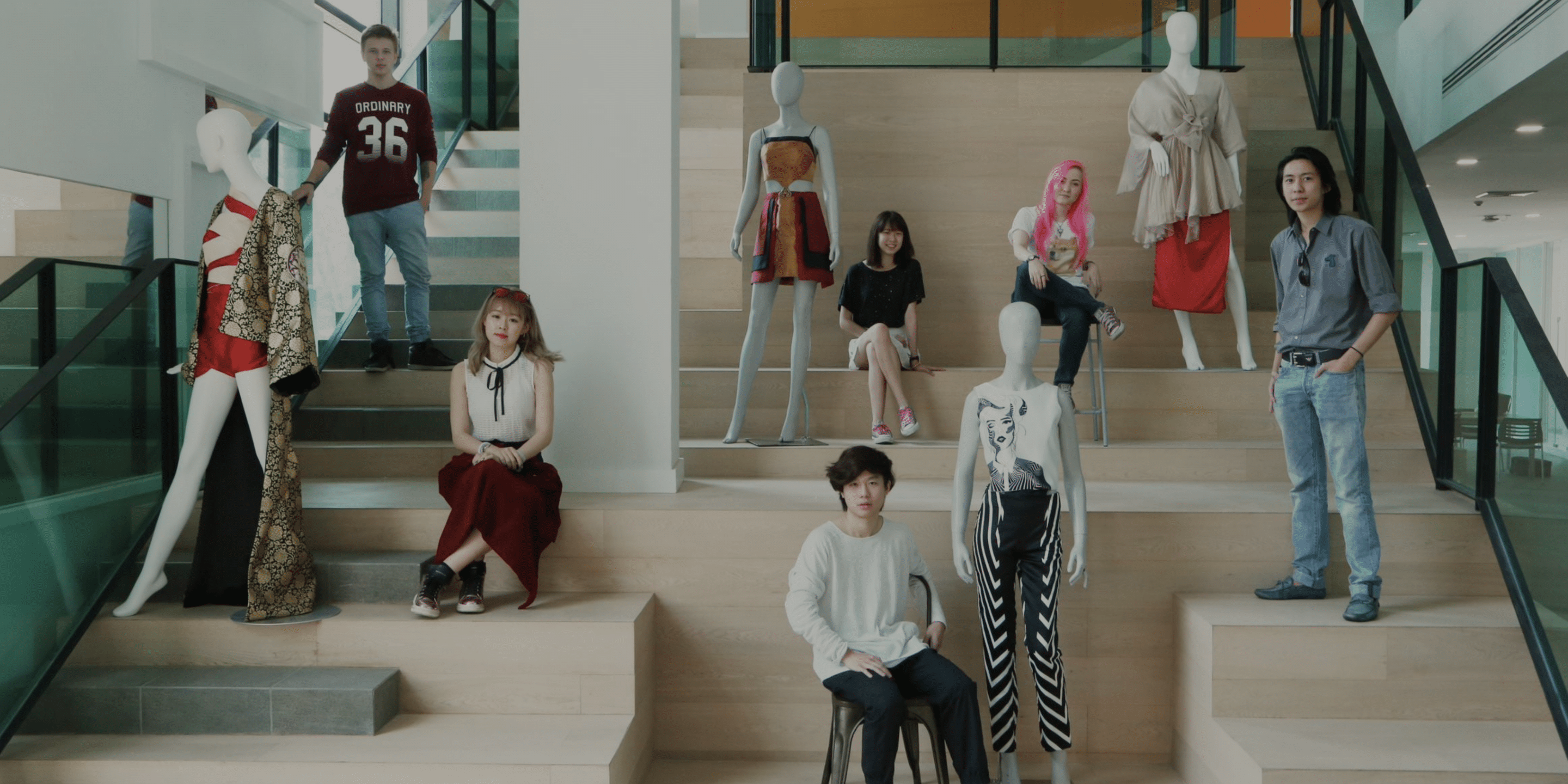
Diploma in Visual and Media Design
Duration : 6 months
courses
The module introduces students to fundamental concepts and knowledge in visual design practice that form the basis of two-dimensional visual communication works. Through theoretical and technical studies, students will be guided to explore and relate basic design principles to effective interaction of visual elements in design compositions. The guidance will take the form of lectures, tutorials, technical demonstrations, practicals, and critique sessions. The components of the module include design elements, figure and ground relationship, colour theory, design principles, visual interactions and hierarchy, etc.
The module introduces students to fundamental knowledge and skill sets, as well as professional practices, in digital illustration for visual communication. Using the industry standard vector editing app, students will be guided to explore both the technical and aesthetic aspects of vector based drawing and painting, with emphasis on creative visual effects and effective composition. The guidance will take the form of lectures, tutorials, technical demonstrations, practicals, and critique sessions. The components of the module include vector shape and stroke creation, manipulation and experimentation, vector graphic effects, digital typography, etc.
The module introduces students to fundamental knowledge and skill sets in drawing. With emphasis on observational skills, students will be guided to explore the technical and aesthetic aspects of drawing, ranging from compositional techniques to contemporary practices. The guidance will take the form of lectures, tutorials, technical demonstrations, practicals, and critique sessions. The components of the module include observation of light and shadow, tonal range, shading techniques, perspective drawing, gesture and figure drawing, conceptual drawing, etc.
The module introduces students to fundamental knowledge and skill sets, as well as professional practices, in digital image processing for visual communication. Using the industry standard graphic editing app, students will be guided to explore both the technical and aesthetic aspects of digital image creation, enhancement, and manipulation, with emphasis on creative visual effects and effective composition. The guidance will take the form of lectures, tutorials, technical demonstrations, practical experimentations, and critique sessions. The components of the module include image adjustment, retouching, and transformation; painting and masking techniques; filter effects, etc.
The module introduces students to fundamental concepts and approaches in solving visual design challenges. The core study encompasses the classic three-step Creative Problem Solving process, as well as the more human-centric form of Design Thinking methodology. With emphasis on the creative process, students will be guided to explore the important stages in the development of effective design solutions involving creativity. The guidance will take the form of lectures, demonstrations, practicals, and critique sessions. The components of the module include problem defining, visual research basics, creativity tools and techniques, prototyping and evaluation, etc.
The module introduces students to fundamental knowledge and skill sets, as well as professional practices, in typography and page layout. Using the industry standard page design and layout app, students will be guided to explore both the technical and aesthetic aspects of typesetting and composition involving type and imagery in both single- and multi-page contexts. The guidance will take the form of lectures, tutorials, technical demonstrations, practicals, and critique sessions. The components of the module include type terminology, classification, anatomy, measurement and spacing; relationship between typographic contrast and hierarchy; principles in page layout; grid system and application, etc.
The module provides students with essential knowledge and skill sets to gain fundamental understanding of image capture through digital photography. In the module, students will be guided to explore both the technical and aesthetic aspects of photography as a contemporary medium of expression in visual communication. The guidance will take the form of lectures, tutorials, technical demonstrations, practicals, and critique sessions. The components of the module include familiarisation of digital photographic equipment, technical correlations of shutter speed, aperture, and ISO in exposure, common genres of photography, natural and studio lighting, digital photography workflow, etc.
The module introduces students to fundamental knowledge and skill sets, as well as professional practices, in 3D graphic creation and manipulation. Using the industry standard 3D computer graphics software, students will be guided to explore both the technical and aesthetic aspects of 3D model making and rendering, with emphasis on creative and realistic representation. The guidance will take the form of lectures, tutorials, technical demonstrations, practicals, and critique sessions. The components of the modules include techniques and principles in modeling, shading, texturing, lighting, camera control, rendering, etc.
